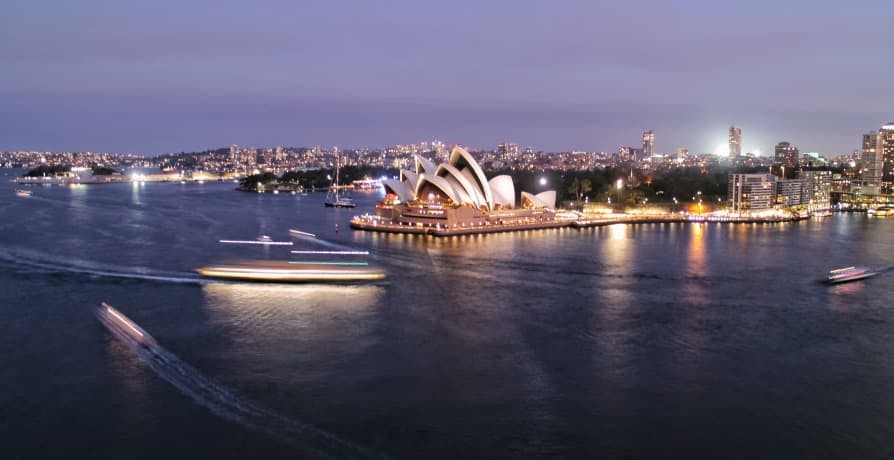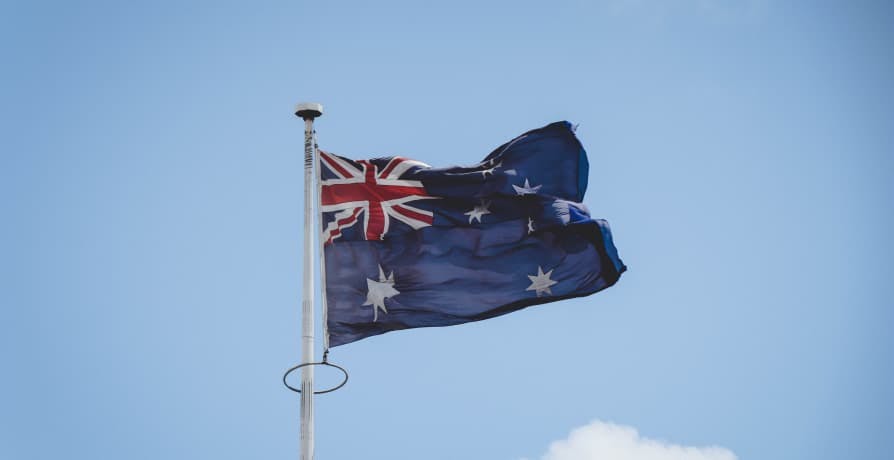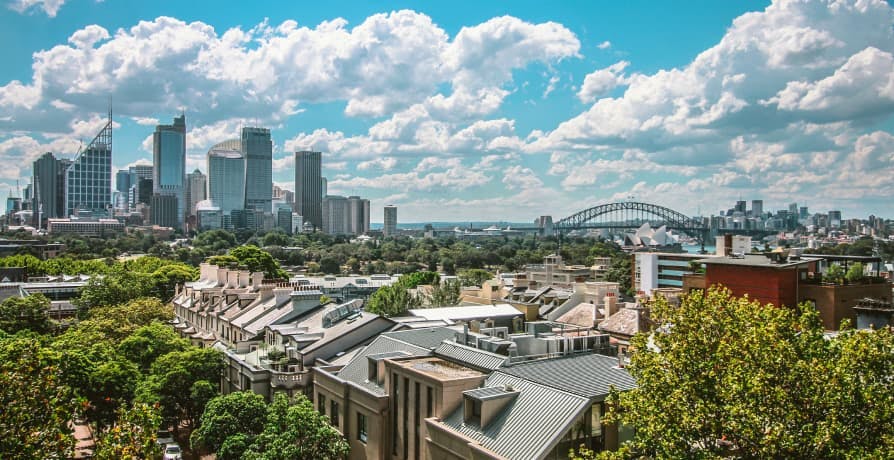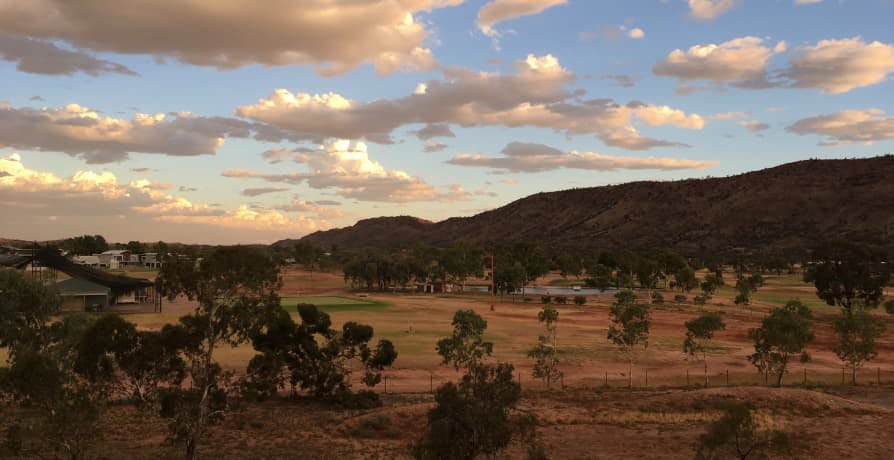
What are the 3 Pillars of Corporate Sustainability?
In this article, we'll explore what the 3 pillars of corporate responsibility are, why they're important, and how businesses can turn them into practical action.
ESG / CSR
Industries



When I visited Australia four years ago with my dad, we were impressed by how advanced the country was with things such as going through airport security with a full water bottle – does the Safeguard Mechanism showcase their advancement in environmental measures, too?
Australia has the best of both worlds when it comes to taking the good aspects of American and European culture – with long vacations and socialist values alike to Europe but valuing freedom and family like in the United States, leading to a very satisfied lifestyle.
How does the new Safeguard Mechanism help to reduce emissions across the country and protect Australians from the impacts of climate change?
The Safeguard Mechanism is a new environmental effort passed in Australia that will put a limit on the total amount of greenhouse gas emissions and prevent new investments on gas or coal throughout the country starting on 1 July. The Safeguard Mechanism is a result of a recently passed, more stringent emission reductions plan passed by the Australian parliament.
Much of the Safeguard Mechanism is a result of the Greens, a political party in Australia advocating for ecological sustainability and social justice, putting pressure on the Australian government to ban future fossil fuel investments. Therefore, a law was created to create a limit on the total of emissions that could be produced from various entities and projects in order to help Australia keep in line with their current emission reduction goals.
👉 The Safeguard Mechanism is an effort for Australia to reduce their current rate of emissions and ensure that their climate goals will be achieved on time.
The Safeguard Mechanism is ready to target over 200 facilities that produce over 100,000 tonnes of carbon dioxide-equivalent annually – and encourage them to reduce their emissions by a third over the course of the next seven years. In addition to this, the Safeguard Mechanism will help to encourage Australia to develop new carbon capture and storage systems to help them further reduce their emissions.

Australia may only be home to around 25 million people, but seeing as it is so vulnerable to the impacts of climate change – the Safeguard Mechanism is a step in the right direction for a country that remains as one of the largest emitting countries in the world.
👉 One of the main goals of the Safeguard Mechanism is to ensure that the government complies with its current goal to reduce emissions by 43% before 2030 – seeing as Australia is one of the world’s biggest emitters of carbon per capita.
However, the Safeguard Mechanism is ultimately being implemented due to growing concerns that Australia’s current efforts towards reducing emissions is not sufficient enough for the country to meet their goals in line with the Paris Climate Agreement – let alone their individual emission reduction targets Australia has set for themselves.
The Safeguard Mechanism is determined to provide businesses and facilities across Australia with the governmental incentives necessary to make an effort to reduce emissions across the country once and for all.

Currently, the Safeguard Mechanism is set to work by providing facilities with a baseline of emissions they must not exceed in order to ensure that Australia meets their emissions targets. In order to comply with the Safeguard Mechanism, facilities required to adhere to the Safeguard Mechanism must keep their net emissions at or below the baseline of emissions they are to be provided with.
Under the Safeguard Mechanism, there are four types of emission baselines: There are four main types of emissions baselines:
These emission baselines are determined on the production levels of the facility in question, and therefore – the production line can be adjusted to accommodate the baseline provided by the Safeguard Mechanism.
These emissions are determined solely from audited predictions of production and their subsequent created emissions.
These emissions are calculated from trial-and-error to discover the best level of baseline emissions for standard production, and are also audited to ensure their effectiveness.
These emissions are calculated from the record-breaking point of emissions, according to the National Greenhouse and Energy Reporting scheme, to ensure that they are never exceeded to this extent again.
Ultimately, regardless of what kind of baseline a facility is assigned to under the Safeguard Mechanism, they will be expected to keep their emissions at or below the baseline. If facilities do not have one of these baselines, then they will be given a default limit of 100,000 tonnes of carbon dioxide equivalent – and will be expected to keep their emissions below this rate. Adhering to these baseline emissions will remain as the responsibility of the owner of the facility being asked to comply with the Safeguard Mechanism.
Will the Safeguard Mechanism change the way Australia encourages businesses and facilities to fight against climate change?

Australia may be one of the most remote continents in the world, but that doesn’t mean it has dodged some of the world’s most catastrophic natural disasters due to climate change – as Australia has suffered from numerous disastrous floods and wildfires. The massive forest fires that occurred in 2019 and 2020 made the subsequent floods that happened in more recent years in Australia more detrimental than they would have been if previous trees and shrubs were still standing. In fact, Oceania and Southeast Asia remain as one of the most vulnerable areas in the world to the effects of climate change. The natural disasters due to climate change have forced many Australians to flee their homes, something that has been made difficult especially during the strict lockdowns imposed by the country during the Covid-19 pandemic.
Therefore, Australia has made various efforts to combat climate change in addition to the Safeguard Mechanism. One of the most notable efforts on behalf of Australia is their commitment to the Paris Climate Agreement, where they have set a target to reduce at least up to 26% of their emissions to 2005 levels by 2030. However, given the numerous forest fires and other environmental hap-hazards that have occurred across the country – many have deemed these goals to not be ambitious enough, with even the UN noting that Australia needs to implement stricter environmental legislation. This notion has been highlighted in correspondence with the most recent IPCC report, which has delineated how much of the world’s rising temperatures are due to human activities.
Thankfully, Australia has also set up some of their own individual efforts to rectify the negative effects climate change has had on the country, such as the Emissions Reduction Fund – which has been allocated a massive $2 billion Australian dollars to use over the next fifteen years to help businesses and those in the agriculture sector to reduce carbon emissions.
However, it is becoming abundantly clear that more regulations like the Safeguard Mechanism are going to be necessary if Australia wants to avoid continued disasters due to climate change.

Australia is prone to the effects of climate change more so than other countries in the world due to its geographical location, however – there are many ways that the country can also use its obscure location, wildlife, and habitat to its advantage to fight against climate change.
For instance, one thing that most don’t realise is that Australians make use of their local biodiversity and produce to the extreme – to the extent that they eat kangaroo meat and other indigenous animals such as emus, turning them into jerky. This may seem comical, but the truth is – there are more kangaroos in Australia than there are people. There’s no question that it could be challenging to deport over 40 million kangaroos off the continent, seeing as those Kangaroos must stomach at least a seven hour flight just to leave the country and reach mainland Asia – so Australia striving to make use of the livestock widely available to them actually helps to reduce the need to import meat or export it. Go on and ask an Aussie the next time you meet them, most of the time – they’re a fan of “roo” meat!
Public transport is weak in Australia similar to the U.S., where many must opt for a road trip if they want to see their country. Therefore, one of the most beneficial things that Australians can do to reduce their carbon footprint is to opt for public transportation instead of driving – but Australia needs to first develop better public transportation in the major cities. States in the U.S. like California have imposed future bans on the purchasing of electric vehicles, and given that both California and Australia have suffered from forest fires as a result of climate change alike – it would serve Australia well to ultimately impose similar regulations.
However, the most imperative aspect for Australia to improve upon is to implement stronger environmental legislation – like the Safeguard Mechanism, except the Australian government shouldn’t be playing it so safe with the environmental legislation that should be to come. Australia may be up-to-date with the latest technology when it comes to going through security at the airport, but they have a long way to go before catching up to the strict environmental measures other wealthy-nation countries have taken to reduce emissions.
It’s clear that if Australia wants to avoid excessive emissions, natural disasters like forest fires, and ensure that they comply with their environmental goals set by the Paris Climate Agreement – more rules like the Safeguard Mechanism are going to be necessary.
If reading this article about the Safeguard Mechanism in Australia has made you interested in reducing your carbon emissions to further fight against climate change – Greenly can help you!
The Safeguard Mechanism in Australia is just one of the many environmental policies and pieces of climate legislation being developed and proposed in order to combat climate change. Check out our legislation tracker here to see which rules your company has to adhere to.
Greenly can help you make an environmental change for the better, starting with a carbon footprint assessment to know how much carbon emissions your company produces.